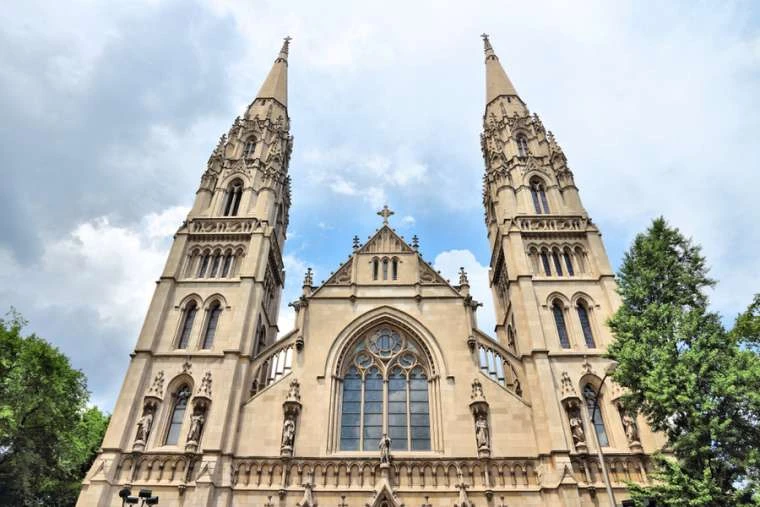
Pittsburgh, Pa., Oct 15, 2018 / 04:13 pm (CNA/EWTN News).- An interim Mass and confession schedule went into effect Oct. 15 in the Diocese of Pittsburgh as the six-county diocese moves to condense its parishes into groups, with the eventual goal of creating new multi-site parishes.
Bishop David Zubik announced in May that the 188 parishes of the Pittsburgh Diocese would be combined into 57 multi-parish groups. After parishioners from each former parish build relationships with each other, each group will become a new parish between 2020 and 2023. Parish groups have been assigned a designation of A, B, or C, with the goal of forming a new parish within two, three, or five years respectively.
A team of clergy, led by a pastor and including parochial vicars, parish chaplains, and deacons, will serve the needs of each parish group during the transition, with retired priests assisting as they are able. The number of Masses available each weekend will depend on the number of priests assigned to each group, since no one priest may celebrate more than three Masses per Sunday according to canon law.
Though Bishop Zubik has not yet specified which church buildings will remain open and which will close, the parish groupings include recommendations for the total number of buildings and priests the group should share. Each new parish could eventually consist of multiple church buildings, but the clergy leaders of each individual group will be ones to make that recommendation to the diocese.
The Pittsburgh Diocese last went through a major restructuring during 1989-98, when the diocese shrank from 310 parishes using 333 buildings to 218 parishes using 288 buildings, according to Trib Live.
The current consolidation plan is a response to declining Mass attendance overall and the financial struggles of some parishes. Materials provided by the diocese show Mass attendance down nearly 40 percent across the board since 2000.
In addition, the diocese had 338 parish priests in active ministry in 2000, compared with 211 in 2016 and 178 today. The diocese estimates that with priestly retirements and an average of four ordinations per year, the diocese will have just 112 priests by 2025.
The purpose of this restructuring, spokesman Father Nicholas Vaskov said in a statement, is “transitioning from maintenance into ministry and mission”: a shift from pouring resources into church buildings that may not be having success and putting those resources toward ministry and evangelization.
A five-year diocesan planning initiative called “On Mission for the Church Alive!” began in April 2015 with a year of prayer for the whole diocese. Since the second year of the program, over 300 parish consolidation meetings have been held and more than 30,000 religious, clergy and laity have participated and offered input.
The diocese used a list of 21 criteria developed after the meetings to create the parish groups. The criteria specified, among other things, that the parish groups should not exceed one priest per 2,400 Sunday Mass attendees, and that the groupings must allow enough space for new Sunday Mass attendees, and anticipate sustainable growth for the next 20 years. In addition, parishes in dire financial need would not be grouped with other struggling parishes, and nor would affluent parishes be grouped together, unless a sound alternative financial plan is put forward.
The current plan to consolidate was conceived prior to the Aug. 14 release of a grand jury report that uncovered sexual abuse allegations against 300 Pennsylvania priests – including 99 from Pittsburgh – dating back to 1947.
Bishop Zubik told CNA in May that he hopes that this consolidation of communities will be an effective tool for evangelization, generating excitement within the Church and strengthening resources to be used for outreach programs.
“By consolidating the resources of parishes in a grouping, what we’ll do is make sure every parish has all of the programs that it needs to be a parish so every parish will have a religious education program, every parish will have some association with a Catholic school, every parish will have an organized program for reaching out to the poor,” Bishop Zubik said.
If you value the news and views Catholic World Report provides, please consider donating to support our efforts. Your contribution will help us continue to make CWR available to all readers worldwide for free, without a subscription. Thank you for your generosity!
Click here for more information on donating to CWR. Click here to sign up for our newsletter.



My question is : When churches were built, they were mainly built by the parisheners with their own contributions and hard work. Just when did the Dioceses decide that these churches were owned by the Diocee?